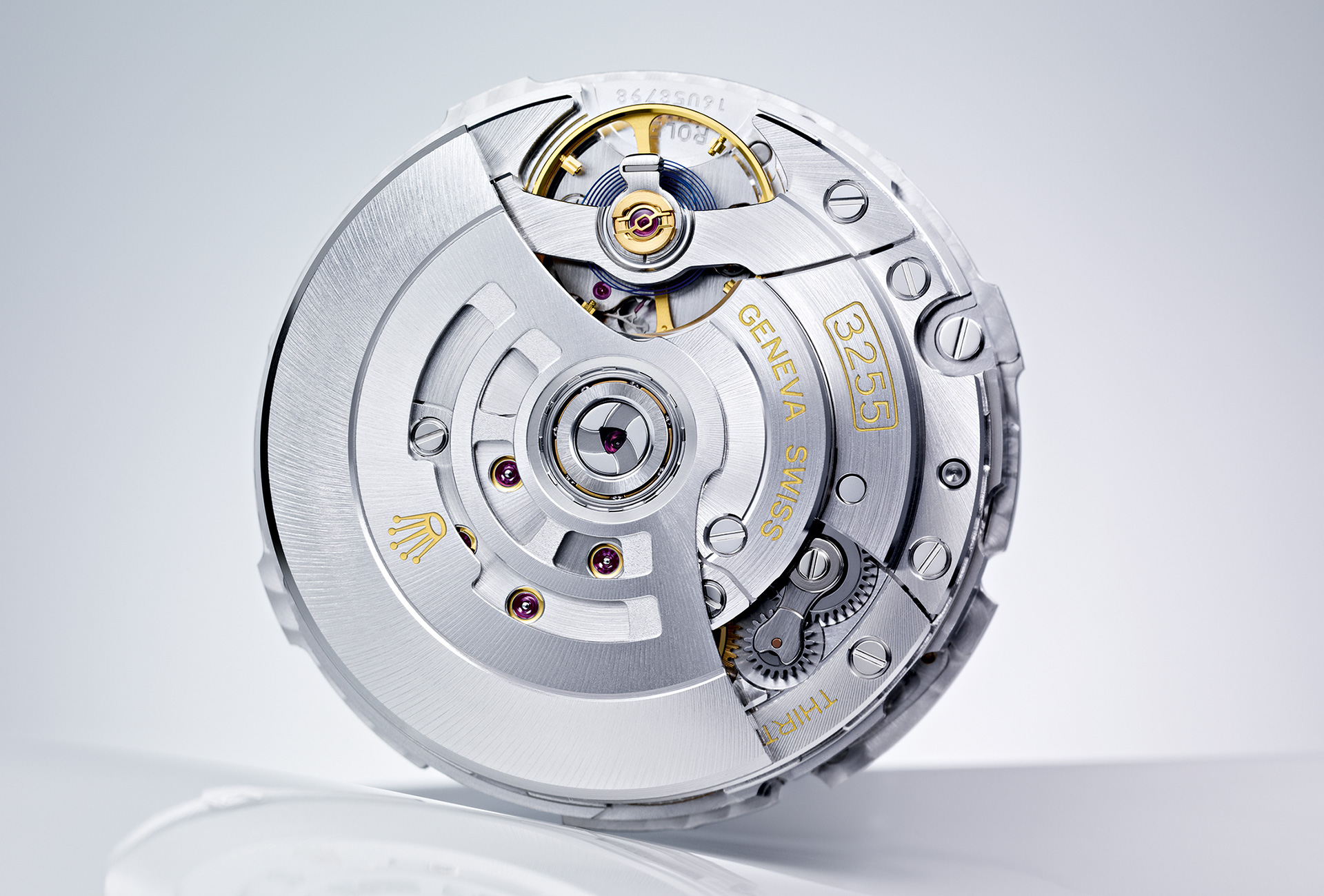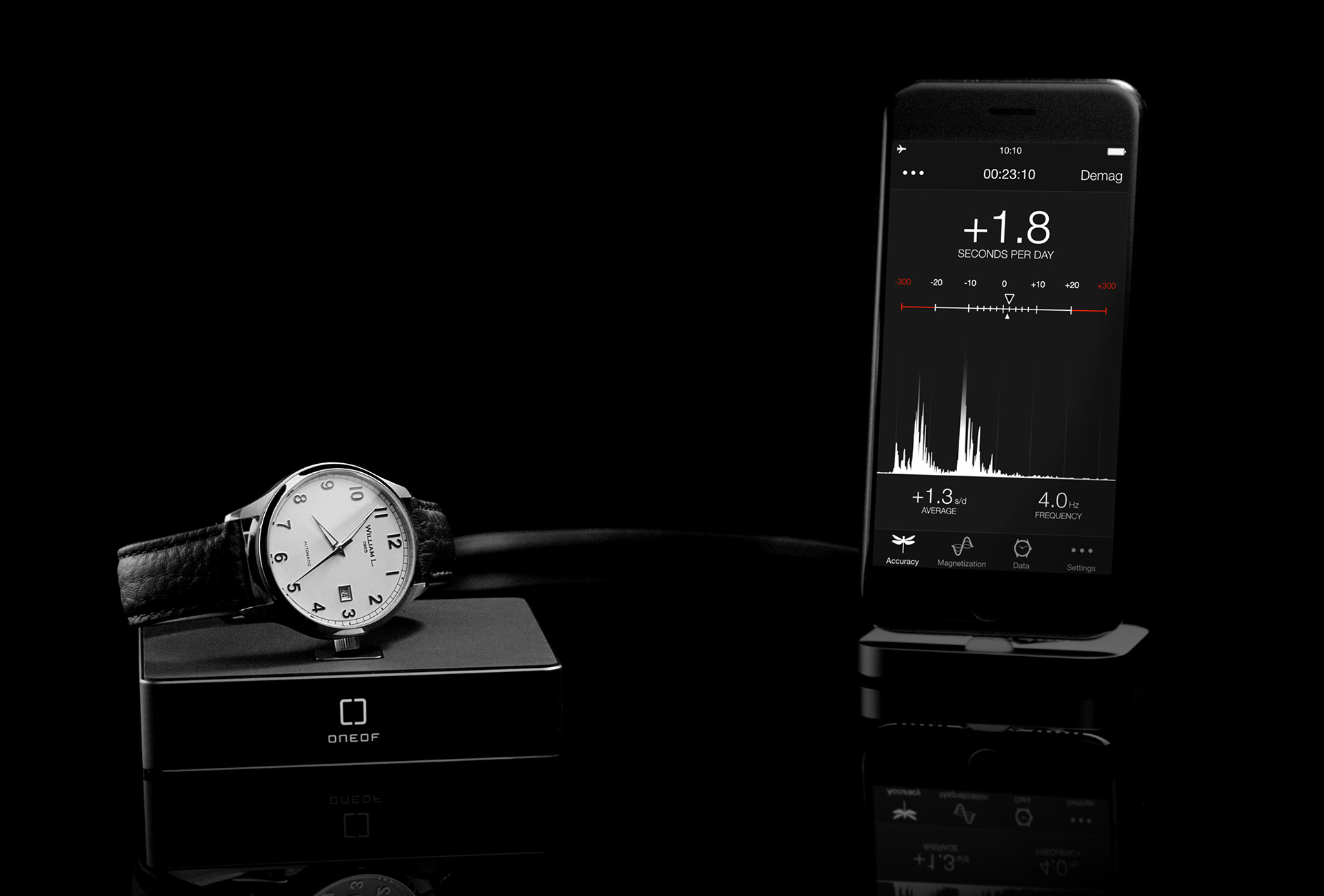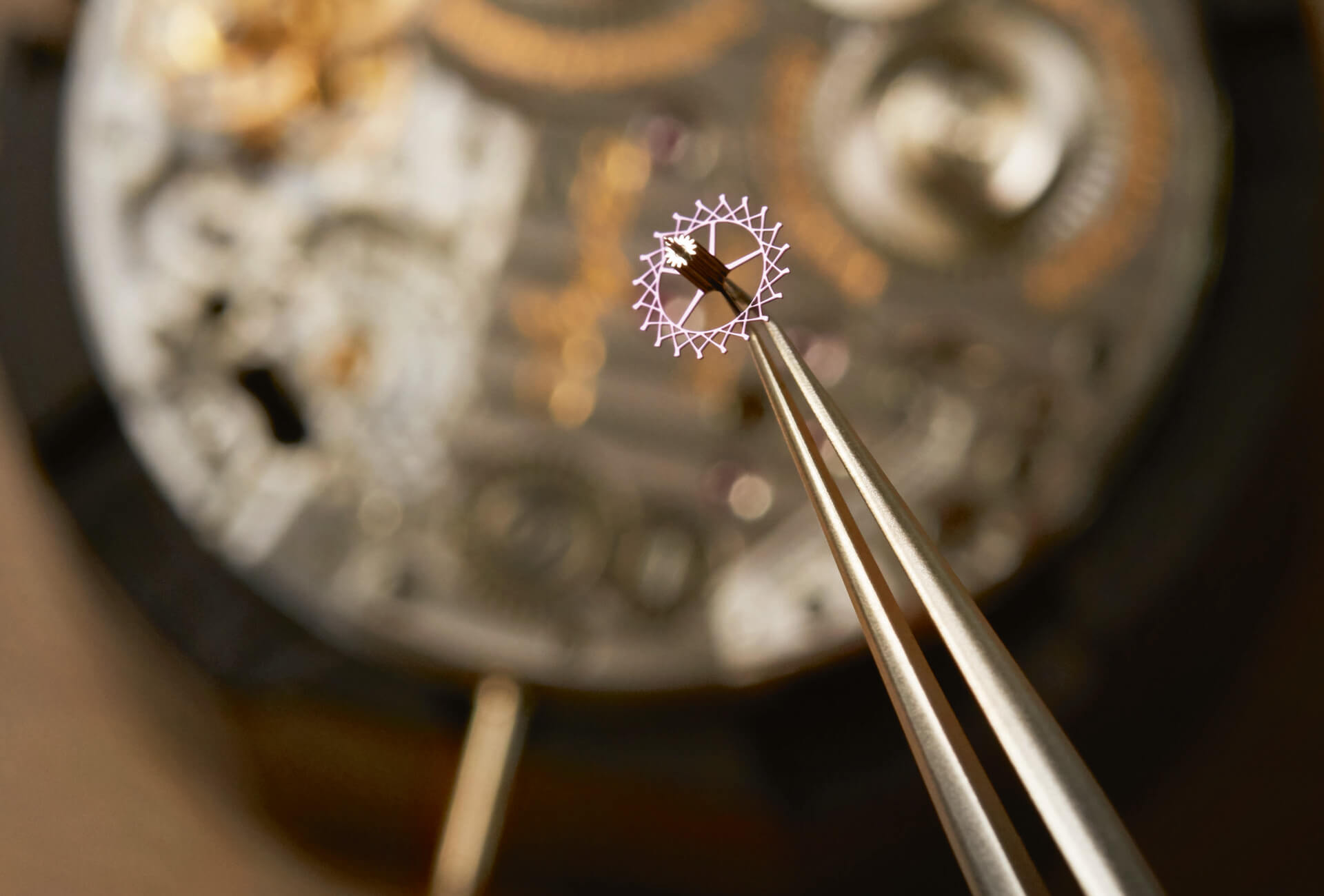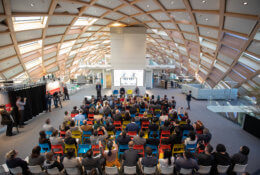When a watch starts behaving erratically, gaining several dozen seconds a day or more, it’s the tell-tale sign that something is amiss; possibly that the movement has been exposed to magnetic fields. It’s no secret that magnetism is increasingly present in our everyday environment. Children’s toys, iPad covers, airport security scanners, induction cooktops… all these objects can cause a watch to run fast because of the magnetic radiation they emit, measured in gauss. A small magnet gives off between 2,000 and 4,000 gauss, compared with 15,000 for an MRI scanner in a hospital. (Before anyone panics, the electromagnetic radiation of a 5G mobile phone won’t affect watch movements, because of the very high frequency).
There is, then, a very real risk of exposure. If a watch is running significantly fast, the first thing to do is have a professional check whether the movement has been magnetised and, if it has, make the necessary adjustments to restore correct rate. This is a simple process, with the right equipment, that takes less than two minutes, but still a cause for concern for the watch’s owner, who might imagine a far more serious issue. Customers will be even less forgiving when the problem affects a high-end watch or a recent purchase, particularly if their prized possession must be returned to the manufacturer. Which leads us to another consequence of magnetisation: customer service backlogs.
The early solutions
For all these reasons, the industry has invested considerably in research aimed at eradicating, or at the very least limiting, incidents of magnetisation in watches. Of the many components, the principal focus of attention is the balance spring which, mounted on the balance wheel, regulates the movement. If this regulator’s isochronism is disturbed, due to a problem with balance poise, adjustment or magnetic fields, the entire movement will suffer in terms of precision. Hence why the latest R&D has tended to concentrate on producing amagnetic or paramagnetic balance springs.
The next major advances in magnetic resistance came with the mechanical watch revival of the early 2000s.
This isn’t a recent thing. From the time watchmakers started competing to attain the highest level of precision with a mechanical movement, they started worrying about magnetic interference. The launch in 1956 of the Rolex Oyster Perpetual Milgauss, IWC’s Ingenieur a year earlier, and the Omega Railmaster in 1957 – all for use in professional environments – paved the way by using a shield or cage to isolate the movement inside the case. The next major advances came several decades later, spurred by the mechanical watch revival of the early 2000s and by the proliferation of magnetic fields in daily life.
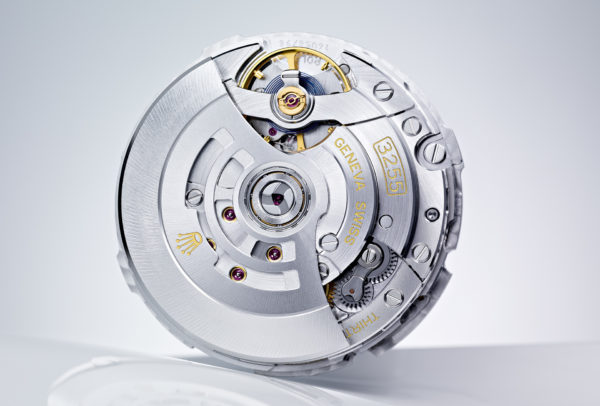
Working with Centre Suisse d’Electronique et de Microtechnique (CSEM) in Neuchâtel, a consortium of Rolex, Patek Philippe and Swatch Group started researching the viability of components made from silicon, at that time a revolutionary new material in watchmaking that is totally impervious to magnetic fields (Ulysse Nardin was also a pioneer in this area). In 2006, both Patek Philippe and Breguet unveiled silicon balance springs (Patek named its the Spiromax). Prior to this, in 2005 after five years of research, Rolex had presented a blue balance spring made from Parachrom, a “paramagnetic alloy that is unaffected by magnetic fields and up to ten times more resistant to shocks.” The brand followed this in 2014 with the first balance spring in Syloxi silicon.
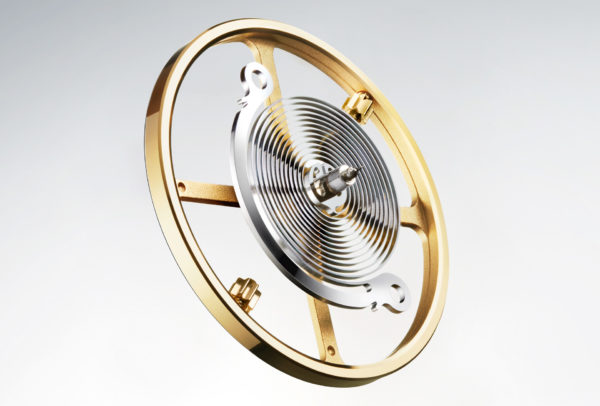
The competition fights back
Meanwhile, Omega had its own ideas. In 1999 it introduced Calibre 2500, a derivative of an ETA movement that was fitted with the Co-Axial escapement, developed by the late, great George Daniels. Following this, Omega built a completely new movement around this escapement which it launched in 2007 as Calibre Co-Axial 8500. Building on this, Calibre Co-Axial 8508, developed in 2013 for the Seamaster Aqua Terra, signalled a major breakthrough as its magnetic resistance – an impressive 15,000 gauss – was obtained not by enclosing the movement in a soft iron inner cage but through the use of non-ferrous materials for the components. Swatch Group sealed the deal at end 2014 with the announcement of a new certification, developed in conjunction with the Swiss Federal Institute of Metrology (METAS). At 15,000 gauss, this is the most stringent norm in terms of magnetic resistance. Omega then began the task of equipping all its production, with the exception of the “Moon Watch”, with Co-Axial movements that have Master Chronometer certification – Omega’s standard based on METAS criteria – thanks notably to silicon components.
More innovation followed when last year another Swatch Group brand, Swatch, took the wraps off Nivachron, an alloy developed with Audemars Piguet and used to manufacture balance springs. Titanium-based, it is resistant to magnetic fields, variations in temperature, shocks and ageing. Balance springs made from this new alloy, which can be wire-drawn, also cost less to produce compared with silicon. And that’s not all: early this year, TAG Heuer made history with the world’s first carbon composite balance spring. This fully amagnetic spring has been integrated into the COSC-certified Calibre 5 that powers the new Autavia Isograph line.
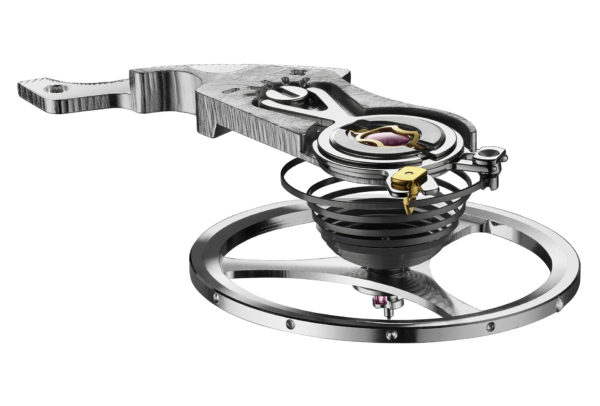
While there isn’t room in these pages to list all the latest breakthroughs, experts are convinced that within the next few years, magnetic interference will be a thing of the past. As we look forward to this new generation of movements, important advances are being made in the equipment used to demagnetise mechanical movements. Watchmakers are winning the fight against magnetic fields.
H2i’s answer to magnetism
A specialist manufacturer of precision measuring tools for the watch industry, H2i was set up in 2014 by Emmanuel Baudet and Jean-Charles Rousset, both engineers. Building on experience gained at a Haute Horlogerie brand, they decided to tackle the problem of magnetisation upstream with a solution that stores and individual watch owners could use, thus limiting the number of returns to customer service. “The aim was to develop an all-in-one tool to measure the precision of a mechanical movement and demagnetise it,” Jean-Charles Rousset explains. What can appear simple on paper is often complex to bring into being, and the two founders of the fledging company spent long hours designing then prototyping their machine, thanks to which retailers with no technical training would be able to perform these two operations instead of having to return watches to brands’ (overloaded) service centres.
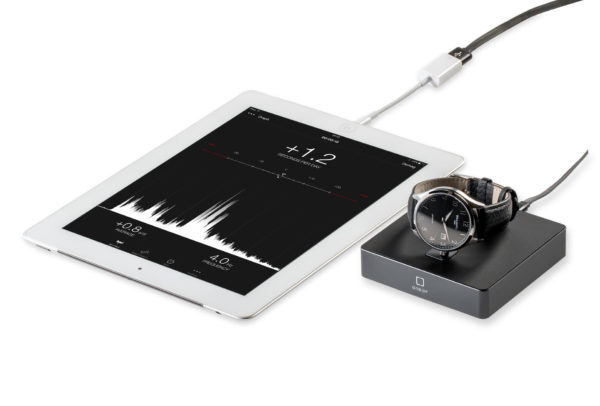
For this new tool to fit the bill, it had to be small and run without mains electricity. The Oneof Accuracy boutique edition ticks both those boxes. It has a sleek, compact design and connects to a mobile phone or tablet. Tap the app and you’re ready to go. So far, more than 500 points of sale for leading Swiss brands are equipped with the device. H2i now aims to introduce its technology to multi-brand stores. “We were very happy with contacts made at Baselworld,” says Jean-Charles Rousset, who will be demonstrating the Oneof at the EPHJ trade fair, taking place at Palexpo Geneva, June 18th-21st.














